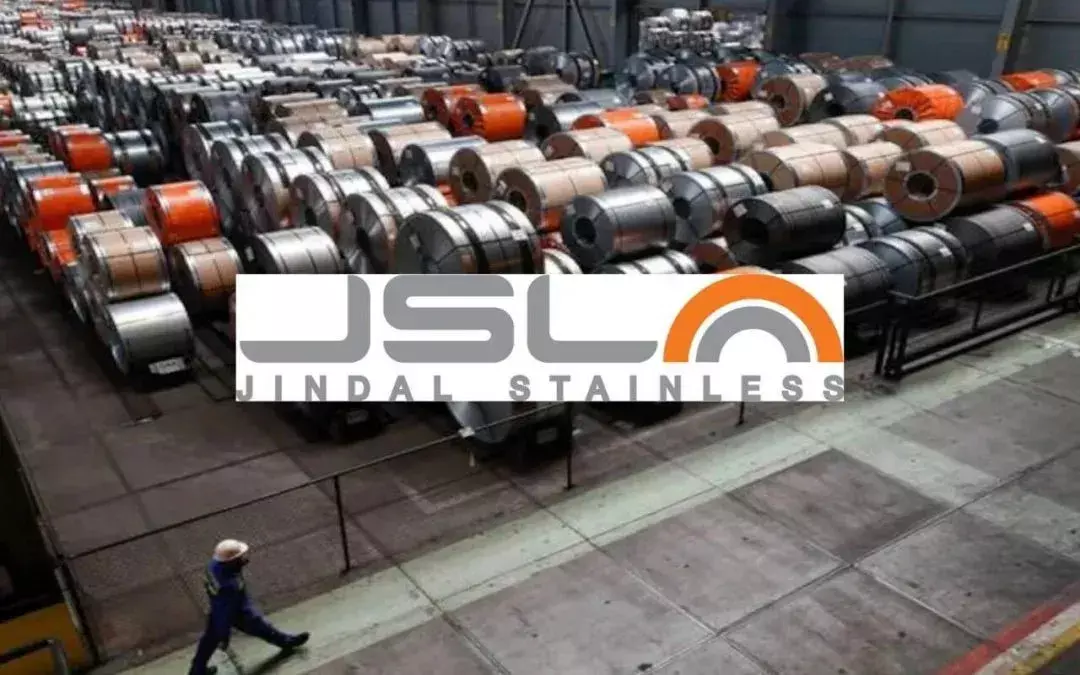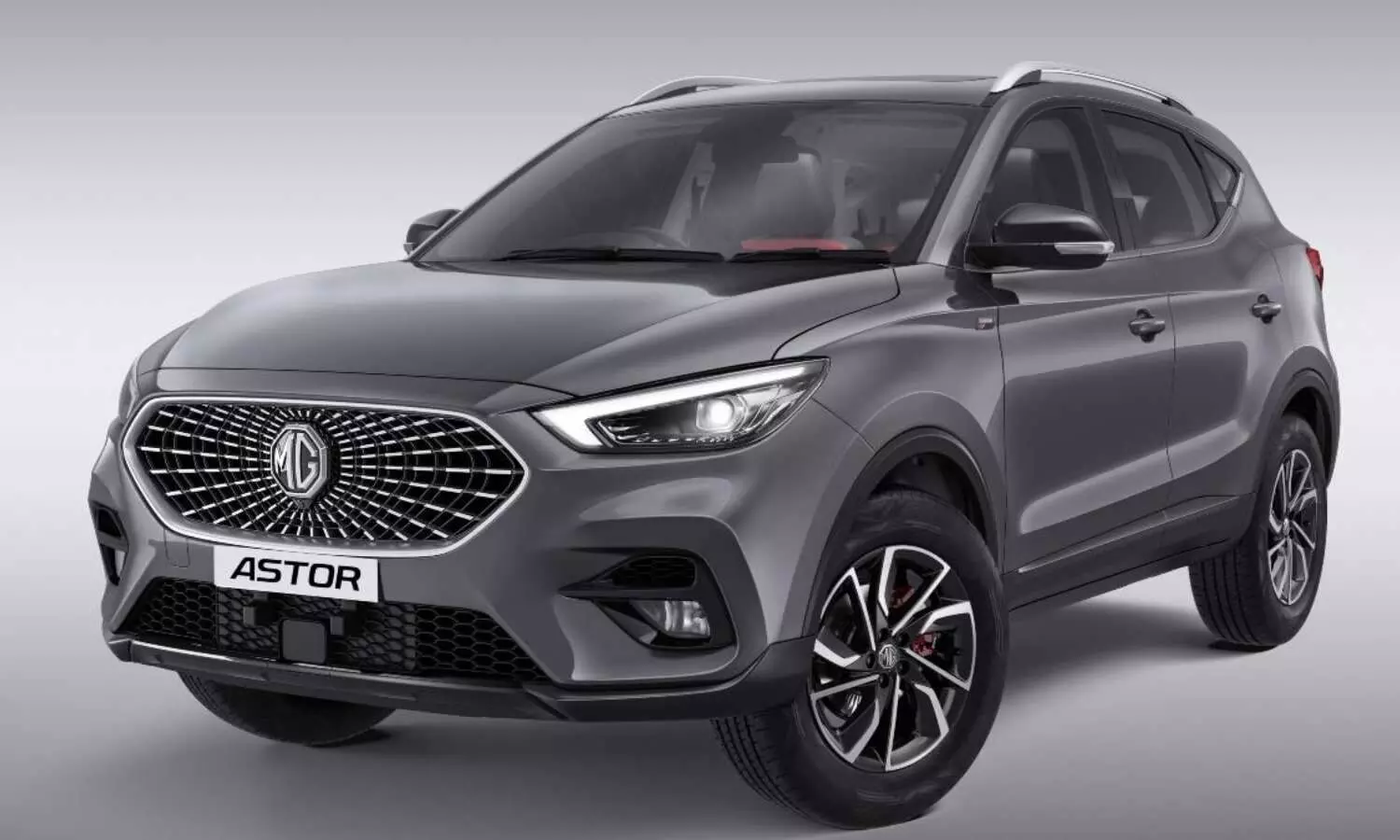
New Delhi: The proposed exemption in customs duty on import of lithium, cobalt and other rare minerals in the Union Budget 2024-25 is likely to lower the battery production cost and help in making electric vehicles more affordable for the buyers, auto industry leaders said on Tuesday.
Finance Minister Nirmala Sitharaman while presenting the Budget, proposed to fully exempt customs duties on 25 critical minerals and reduce Basic Customs Duty (BCD) on two of them. “This will provide a major fillip to the processing and refining of such minerals and help secure their availability for these strategic and important sectors,” she noted. Minerals such as lithium, copper, cobalt and rare earth elements are critical for sectors like nuclear energy, renewable energy, space, defence, telecommunications, and high-tech electronics, Sitharaman stated. Auto industry body SIAM President Vinod Aggarwal said the exemption of customs duty on import of lithium, cobalt and other rare minerals and extension of concessional customs duty on Li-Ion cells till March 2026 and withdrawal of equalisation levy of 2 per cent on e-transactions is expected to propel the growth of the Indian auto industry.
“The Indian automobile industry welcomes the continued emphasis on economic growth with several announcements, especially the strong fiscal support for infrastructure in the next five years,” Aggarwal stated. Liberal allocation for rural development and infrastructure of Rs 2.66 lakh crore is a welcome step that will boost the rural economy, he added.
SIAM also welcomes several proposals in the Budget such as measures for skilling and upskilling and support to manufacturing and employment generation and support to MSMEs, many of whom form the large supplier base for the auto sector, Aggarwal said. Auto component body ACMA President Shradha Suri Marwah stated that the reduction in customs duty on critical minerals will encourage cell manufacturing in the country and add to the evolving EV ecosystem in the country.
Deloitte India Partner Rajat Mahajan said the move is likely to encourage few players to indigenise battery production in India. He, however, noted that the Budget has been silent on direct benefits to the automotive sector. “The industry was not expecting a lot but was definitely looking for some announcements with respect to FAME III subsidies, and other direct benefits for EV/ NEV (New Electric Vehicle). We may have to wait to see if there are any further relaxations in the future by the FM or by the GST Council,” Mahajan said.
BatX Energies Co-Founder & CEO Utkarsh Singh said the reduction of BCD and exemption of 25 essential minerals from custom charges is set to lower production costs for battery manufacturing and recycling, enhancing the affordability and accessibility of electric vehicles in India. The strategic move will significantly impact India’s EV market by lowering production costs and enhancing competitiveness, he added.
Hero MotoCorp Executive Chairman Pawan Munjal said the Budget positions India as a technology-driven and knowledge-driven economy, reaffirming commitment to sustainable development.
Ashok Leyland Executive Chairman Dheeraj Hinduja said reduction in duties on rare earth minerals will help in promoting sustainable mobility.
Mercedes-Benz India MD & CEO Santosh Iyer said the Budget clearly underlines the government’s priorities on creating a robust foundation for a developed Indian economy.






